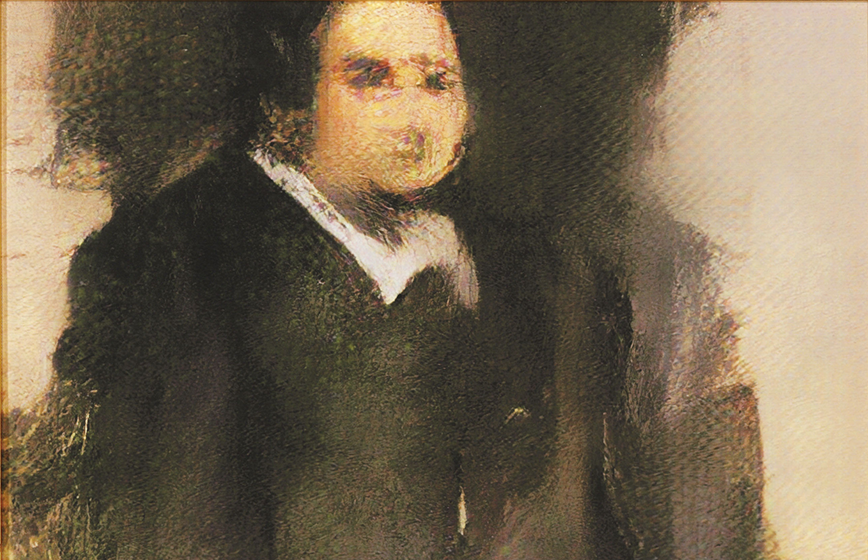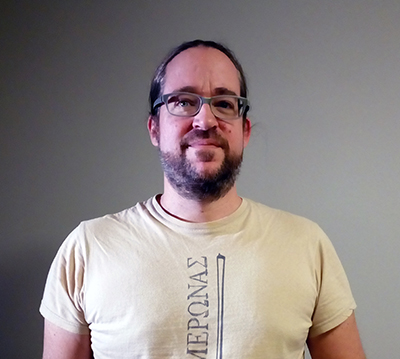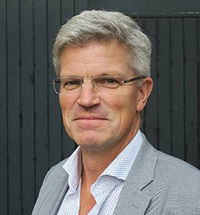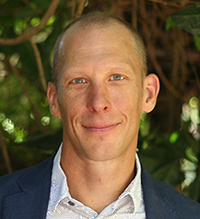What will happen when art and music are increasingly created by AI?

Our computers are taking over a larger part of the creative effort that goes into creating art, articles and music. This brings with it a number of new challenges and also poses ethical, financial, cultural and legal questions. KTH researcher André Holzapfel has been awarded a SEK 6 million grant spread over four years to research this subject in greater depth.

It was only a matter of time before Artificial Intelligence (AI) would also stake a claim within art, music and the written word. The breakthrough can be considered to have occurred in 2018, when Obvious, a Paris-based arts-collective, created a work of art using AI and algorithms based on 15,000 portrait paintings. They titled the work “Edmond de Belamy”, which was subsequently sold for $432,500 at Christie’s Auction House in New York.
The entrance of this technology into the creative world arouses questions. Creative AI, or artificial creativity, puts copyright under the microscope.
“Copyright is the biggest elephant in the room when it comes to creative AI. How should someone who has created art also be able to receive their share of earnings generated by such art? In the case of creative AI: who has/have contributed? Both those that have provided training data for the AI model, and the engineers that have developed the AI technology have played a part. Plus the person or persons that then use the software,” says Holzapfel , a researcher at the Division of Media Technology and Interaction Design at KTH.
Time to worry
He adds however, that this is by no means a new debate. It was intensified with the arrival of remix songs and mashups, the latter is a technology for superimposing the vocal track of one song seamlessly over the instrumental track of another. According to Holzapfel, the debate will gain new levels of complexity as AI is used to an ever greater extent.
Does creative AI mean that it is time that artists and other creatives should start to seriously be worried? Both yes and no.
“When it comes to treating creative people and their work fairly, they have had due cause to be apprehensive for a long time now, not least when it comes to intellectual property rights that are based on ancient principles and rules. On the one hand, creative AI will continue to create tension in the area, on the other hand, artificial creativity will offer a variety of new opportunities to be creative.
Creative AI an inspiration
Which leads us to the question “Do we really need AI created music” and “What can AI create that we humans can’t?”. According to Holzapfel, each individual creative person is sitting on the answers to these questions.
“Technology and society have influenced and shaped each other throughout the ages. Artists have always incorporated new technologies into their creativity. One of the key goals of this research project is to investigate how musicians, artists and other creatives, want to use creative AI. AI created art can interrupt us, or inspire us. The greatest potential for a creative ought to be able to be the latter: That creative AI pushes the artist in a direction they would never otherwise have thought of or taken.
The research grant to Holzapfel has been awarded by WASP-HS, a national research programme backed by the Marianne and Marcus Wallenberg Foundation, the Marcus Foundation and the Amalia Wallenberg Memorial Fund.
Text: Peter Ardell
For more information, please contact André Holzapfel on +46 (0)72 566 04 18 or holzap@kth.se.



